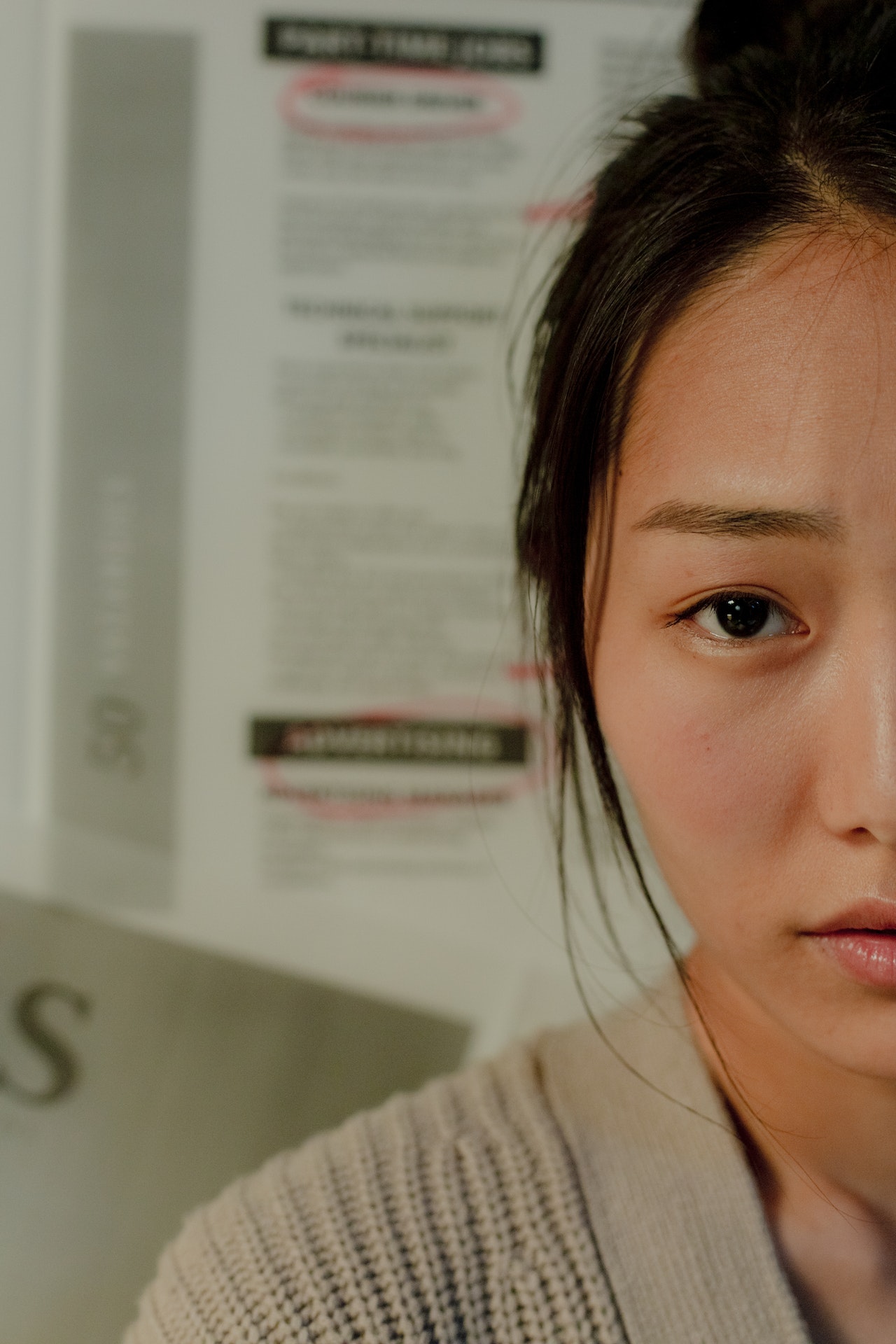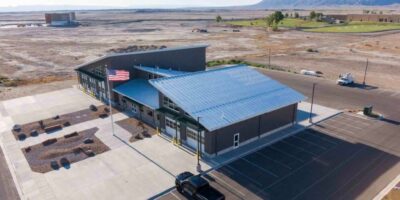Introduction
Our eyesight is one of the most important senses we have. Unfortunately, as we age, our vision naturally starts to decline. But what are normal age-related vision changes and how do you know when it’s time to see an eye doctor?
In this article, we’ll explore common age-related vision changes and discuss when it is appropriate to seek medical help. Knowing the signs of deteriorating vision can help ensure you take care of your eyes and maintain your sight for years to come.
The Different Types of Vision Changes
There are three main types of vision changes that can occur as we age: presbyopia, cataracts, and macular degeneration.
Presbyopia is a condition in which the eye’s lens loses its flexibility, making it difficult to focus on close objects. This is a natural part of the aging process and usually starts to become noticeable in people around the age of 40.
Cataracts occur when the eye’s lens becomes cloudy or opaque, causing blurred vision. Cataracts are most common in people over the age of 60, and they can eventually lead to blindness if left untreated.
Macular degeneration is a condition that affects the central part of the retina, known as the macula. This can cause decreased central vision and even blindness. Macular degeneration is most common in older adults, particularly those over the age of 75.
If you want to know about more information. Please Click here: How rare are Sanpaku Eyes
What Causes Age-Related Vision Changes?
There are many changes that can occur to our vision as we age. Some of these changes are common and considered normal, while others may be cause for concern. Here are some of the most common age-related vision changes:
Presbyopia: This is the natural aging process of the eye where the lens becomes less flexible, making it difficult to focus on close objects. This usually begins around age 40.
Cataracts: Clouding of the eye’s lens, which can lead to blurry or distorted vision. Cataracts typically form slowly and are more common in older adults.
Glaucoma: A group of conditions that damage the optic nerve, resulting in vision loss. Glaucoma is often associated with increased pressure in the eye.
Age-related macular degeneration (AMD): A degenerative condition that affects the central part of the retina responsible for sharp, central vision. AMD is a leading cause of blindness in older adults.
How to Treat Age-Related Vision Changes
As we age, it’s not uncommon for our vision to change. These changes are usually gradual and happen so slowly that we may not even notice them at first. Here are some of the most common age-related vision changes:
• Presbyopia: This is the inability to focus on close objects. It’s a normal part of aging and affects almost everyone over the age of 40. Reading glasses or bifocals can help with this condition.
• Cataracts: Clouding of the eye’s lens, which leads to blurry vision, is known as a cataract. Cataracts usually develop slowly and can eventually lead to blindness if left untreated. Surgery is the only way to remove cataracts and restore vision.
• Macular degeneration: This age-related condition results in the deterioration of the central part of the retina, called the macula. It causes blurred vision and makes it difficult to see fine details. There is no cure for macular degeneration, but there are treatments that can slow its progression and help preserve vision.
Click here if you want to know about a special situation of Eyes: How rare are Sanpaku Eyes
When to See a Doctor for Age-Related Vision Changes
If you experience any of the following age-related vision changes, it is recommended that you see a doctor:
-Blurry vision
– Difficulty reading or doing other close work
– Trouble seeing at night
– Double vision
– Flashing lights in your field of vision
– A shadow in your field of vision
These changes could be signs of more serious conditions such as cataracts, glaucoma, or macular degeneration. If left untreated, these conditions could lead to permanent vision loss.
There are a number of age-related vision changes that can occur as we get older. Some of these changes are normal and do not require treatment, while others may indicate the need to see a doctor.
Some common age-related vision changes include presbyopia, cataracts, and glaucoma. Presbyopia is the natural loss of near vision that occurs with aging. It usually becomes noticeable in your 40s and can be corrected with reading glasses or contact lenses.
Cataracts occur when the lens of the eye becomes cloudy or opaque, making it difficult to see clearly. They usually develop slowly and can be treated with surgery to remove the cloudy lens and replace it with a clear one.
Glaucoma is a condition in which the pressure inside the eye increases, damaging the optic nerve and causing vision loss. It can be treated with medication or surgery.
If you experience any sudden or dramatic changes in your vision, it is important to see a doctor right away as this could be a sign of a serious problem. Other signs that you should see a doctor for include: blurred vision, double vision, eye pain, seeing flashes of light or floaters in your field of vision, and difficulty seeing at night.
Conclusion
Age-related vision changes are quite common, and there is a range of options available to help people manage these changes. With regular visits to your ophthalmologist or optometrist, you can better monitor any age-related vision changes that may occur. It is also important to be aware of the lifestyle choices we make every day as this can have an impact on our eye health in the long run. Taking steps such as wearing sunglasses when outdoors, eating a balanced diet with plenty of fruits and vegetables, and avoiding smoking will all help protect our eyes from further damage over time.




















Comments